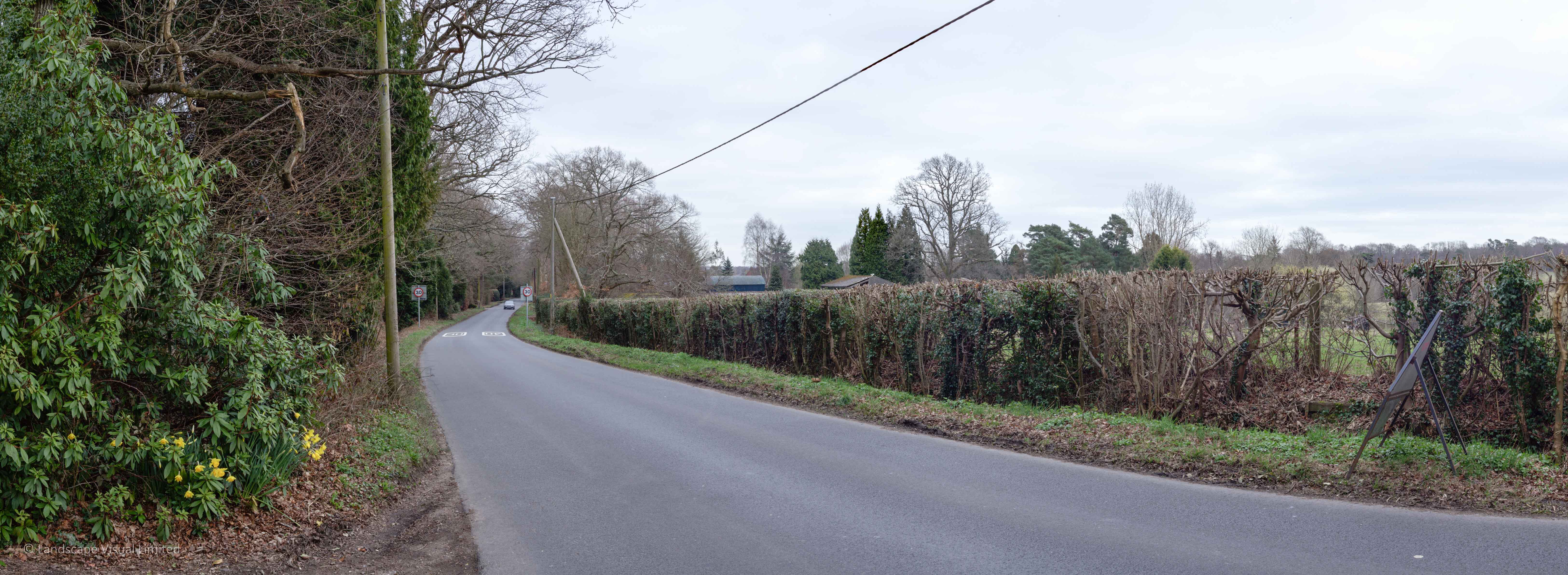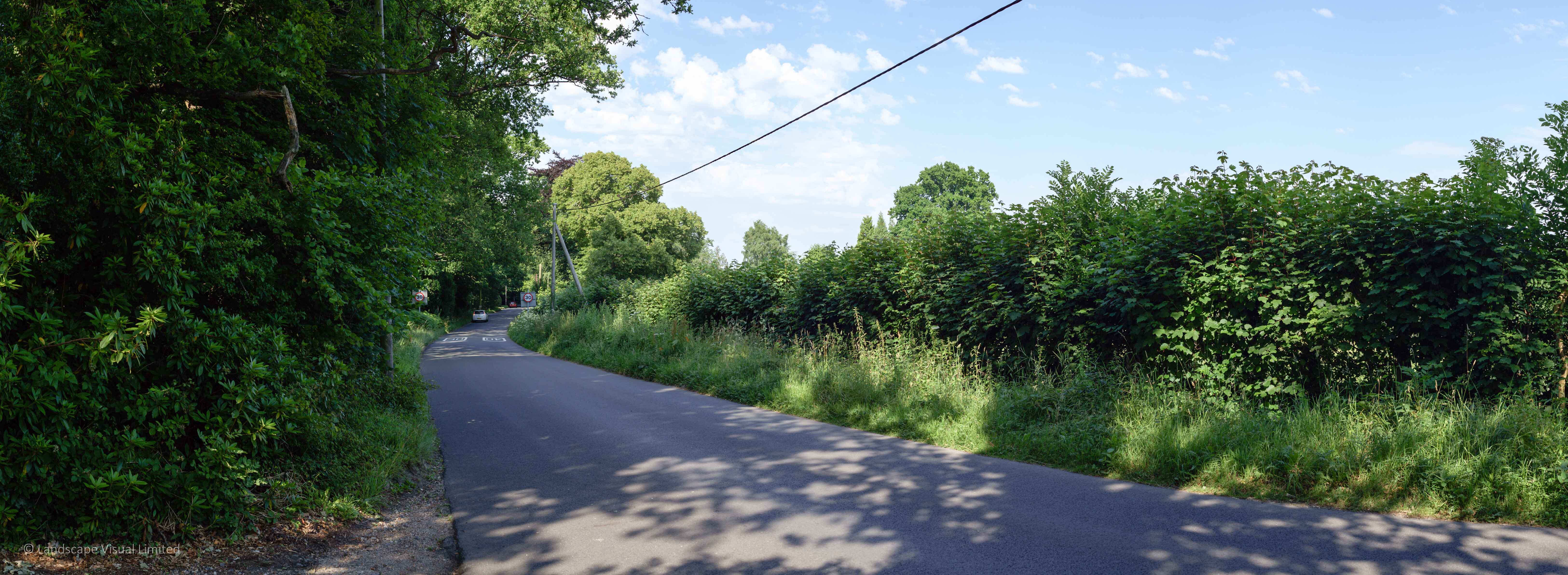Winter and Summer Views
Landscape and visual impact assessment (LVIA) can involve commentary on seasonal differences due to variation in leaf cover. In summer, vegetation in leaf can screen or filter views to a much greater degree than in winter.
Where this is important, we may need to provide photographs in both summer and winter months. Normally this would be agreed with the planning authority, either through conversations with the landscape officer or through the EIA scoping report.
Project programmes can affect what is possible. It may be useful to plan ahead. In broad terms, winter photographs are taken between November and March. Summer photographs are taken between May and September. If projects are at an early stage, we can sometimes preemptively obtain summer or winter photographs to help reduce programme risk. Sometimes a second season of photographs can be submitted as additional information after planning submission.
Click through the images below for an illustration of what seasonal differences could mean for the visibility of a proposed development. The viewpoint is on a lane near Forest Row, Ashdown Forest, High Weald AONB. The photos were taken in March 2017 (winter view) and July 2017 (summer view).
The landscape can also change considerably within the same season. The viewpoint photograph below shows the South Downs on 21 June 2018 from a byway near Woodingdean. Click through the slider to see the effect of the 2018 heatwave. The second image was taken on 7 August (just under seven weeks later). These images below are principally for interest rather than for making any point related to LVIA method.
If you want to know more about LVIA photography in general, read this post.
We are always happy to discuss any questions regarding LVIA or landscape planning that you may have. Get in touch here.




